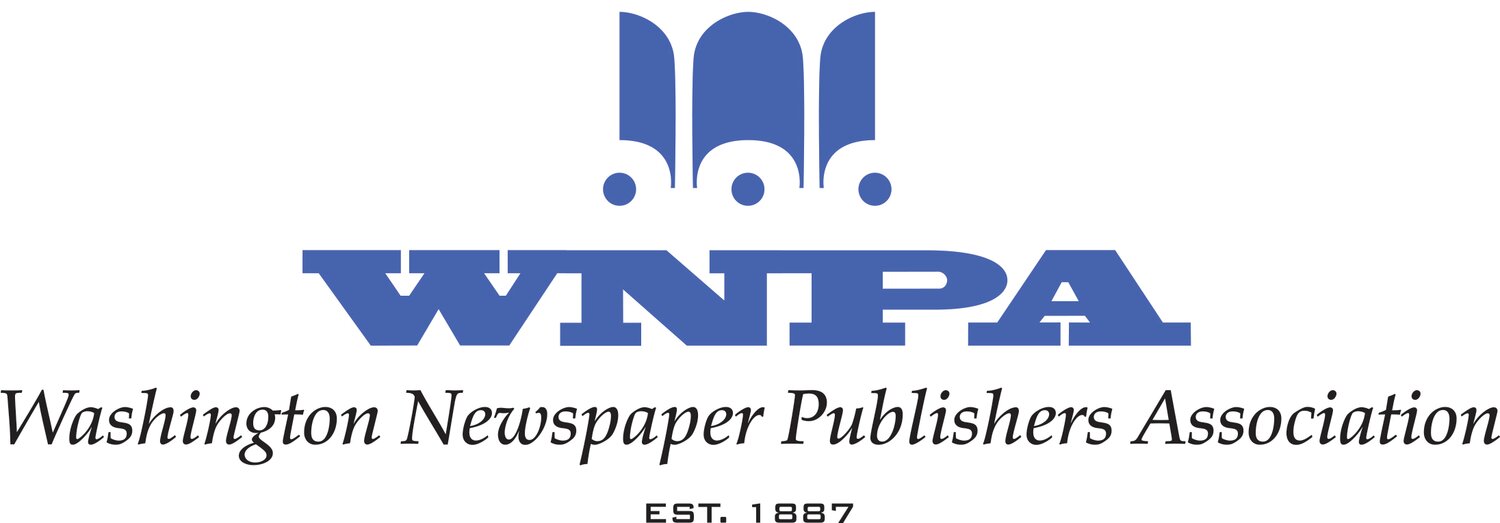Assistant Chief Hal Wolverton of the Key Peninsula Fire Department said, “It’s a success because now we’ve identified the areas we need to work on."
The drill was intended to test local, state and national responses to a potentially catastrophic earthquake. While there is no evidence that such an event is imminent, there is still cause for major concern.
The Cascadia Subduction Zone, a tectonic plate boundary that runs along the Pacific Northwest coast, is capable of generating massive earthquakes. According to the United States Geological Survey, the last Cascadia quake occurred in 1700 and measured above 9.0 on the Richter scale. The USGS and the Federal Emergency Management Agency suggest that a major quake occurs along the subduction zone every 200 to 500 years, meaning that the risk of another major quake only increases with time.
A 9.0 earthquake is capable of triggering volcanic activity, causing a massive tsunami and liquefying the ground. Research suggests that the last Cascadia earthquake did all of this, and induced landslides, drowned coastal villages and shifted the tidal zone up to cover and destroy entire forests.
The Cascadia Rising scenario was designed to evaluate the Pacific Northwest’s ability to respond to significant damage to buildings and infrastructure in the wake of a major event like the 1700 quake. A special focus was placed on efficient communication between all levels of government.
The drill began June 7 and ended June 10, involving more than a dozen agencies, 16 counties and six National Guard task forces in Washington alone. Portions of Oregon and Idaho also participated in the scenario.
While the full-scale, multistate drill occurred, however, some groups chose to address the disaster on a more local level. In the event of a Cascadia earthquake, it’s likely that the Tacoma Narrows Bridge would be heavily damaged or destroyed, cutting off parts of Pierce and Kitsap counties from the rest of the state.
“When we realized that, the Gig Harbor chiefs and us, we said 'OK, look, if this is the way it’s going to be, we need to work on our interoperability and not worry so much about what’s happening on the other side of the bridge,'" Wolverton said.
Local agencies, including KPFD, held a more limited-scale drill that focused on communications, dispatching and resource management. Emergency services met with local ham radio operators to re-establish local communication between fire stations and emergency shelters. KPFD also worked with the MultiAgency Communications Center in Gig Harbor to help coordinate recovery efforts in the area and move assets effectively. Other efforts concentrated on improving the food, water and medical resources at area fire stations.
Elsewhere in the state and at higher levels of government, drills were less productive. The official Washington State After-Action Report for the Cascadia Rising drill states, “The professional responders--fire services, law enforcement, public works, public health and emergency management organizations--among others, have not sufficiently planned and rehearsed for a catastrophic event where they themselves are in the impact zone.”
The report criticized the lack of comprehensive emergency plans, increasing reliance on the Red Cross for emergency health care and slow reconstruction of the damaged transportation network. Drill results also suggested that the average Pacific Northwest resident is not adequately prepared for a large-scale earthquake. The negative findings from the drill have led some news outlets, including The Seattle Times, to label the drill a failure.
Others, however, remain optimistic despite the lack of preparedness, seeing the drill as an opportunity to correct mistakes and evaluate little-used systems.
"A tremendous amount of progress was made," Wolverton said. "We increased communications with the schools and I think some local people realized that if the 'big one' happens, we’re going to be on our own and 911 isn’t going to be available. People need to be able to sustain themselves for at least three days ... Everyone has to be more prepared than they are now, and that includes the fire department."






